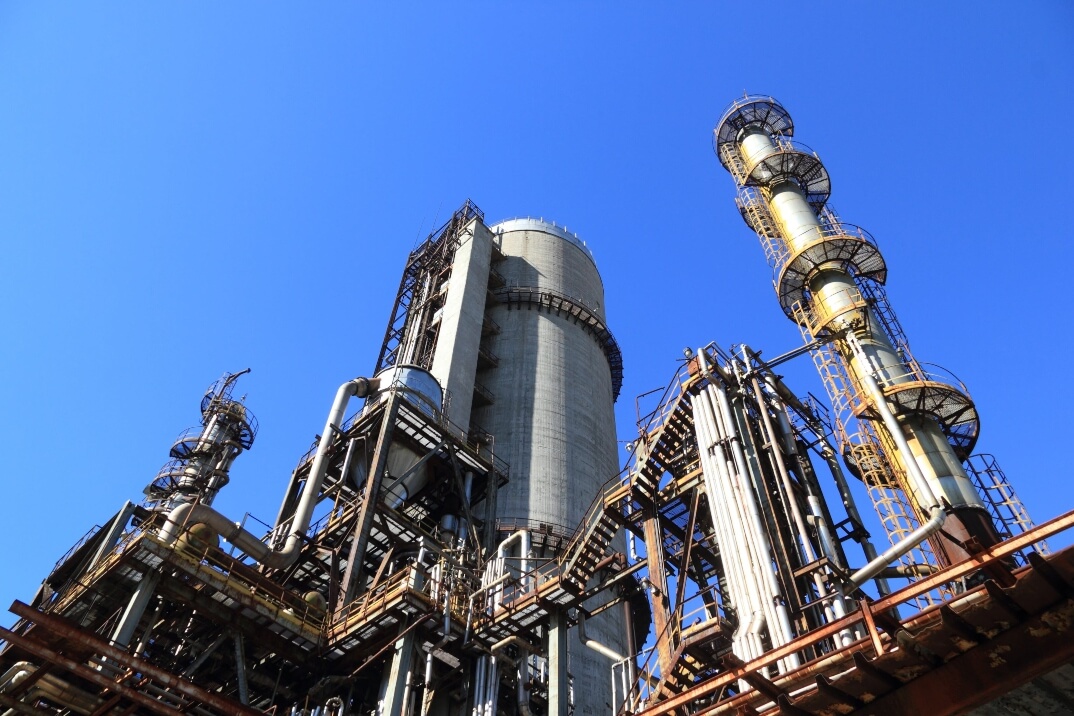
COMAH – Assessing Flood Risk
Flooding is the most common and widespread natural disaster in the UK. It is important not to underestimate the environmental and financial damage it can create. Contingency planning of flood risk is essential for COMAH operating sites where the potential consequences can be even more severe.
All businesses need to have a comprehensive understanding of potential flood risk, sources of flood warning, weather predictions and real-time river and sea levels. However, COMAH sites, by their very nature, operate with an increased danger threshold, due to the major hazard levels and specified risks involved.
What type of flood risk needs to be assessed and why?
COMAH operators in flood risk areas have a legal requirement to comply with the Operational Delivery Guide – Inspection of COMAH Operator Flood Preparedness. The Operational Delivery Guide is aimed at both upper and lower tier COMAH establishments where flooding could directly initiate a Major Accident to the Environment (MATTE), or where flooding may prevent an emergency response to an on-site major accident.
It is vital to consider all the potential triggers for food risk including fluvial (river) and coastal, surface water, ground water, reservoir and extreme weather resulting from the impact of climate change. Consideration is then given to the impact on site operations related to the initiation and/or escalation of major accident hazards.
Key measures to prevent flooding or mitigate its impacts also need to account for on and off site drainage systems as well as the potential for natural groundwater migration. The presence of natural or man-made diversion channels, permanent or temporary flood defences and their consequential positive/negative affect upon the site also need to be fully accounted for. The effective maintenance of drainage and flood management systems into the future also need to be incorporated into the sites wider inspection and maintenance schedule.
Successful criteria for assessing COMAH Flood Preparedness include:
- Flood risk information is confirmed and where appropriate more detailed site-specific assessments have been made.
- Site topography is available, up to date and understood.
- Wider impacts of flooding on surrounding infrastructure have been considered and accounted for.
- Indirect flood risks have also been considered and the history of local flood events is visible in considering the current risk of flooding.
- Flood barriers are not assumed to be 100% effective, so it is important to prepare for when defences fail.
Ashfield’s track record of gaining regulatory approval from the Competent Authority on behalf of our clients speaks for itself. Our extensive expertise in assessing flood risk on COMAH sites across the UK has helped us to identify all foreseeable risks and on-site hazards to ensure these sites comply with the Operational Delivery Guide. We use a combination of the most up to date flood modelling information as well as our expertise in identifying potential flood hazards.
We understand that sites operating under COMAH regulations are dynamic, which often includes the upgrading of equipment or changes in operational layout over time. Flood prediction methods are also continually improving, as well as the potential further impacts that may come when considering Climate Change. To ensure that your site is futureproof, we often provide our clients with ongoing support in ensuring their understanding of flood risk on site is current and based upon the best available information.
Need Help? Speak to our experts today
Contingency planning of flood risk is essential for COMAH operating sites



